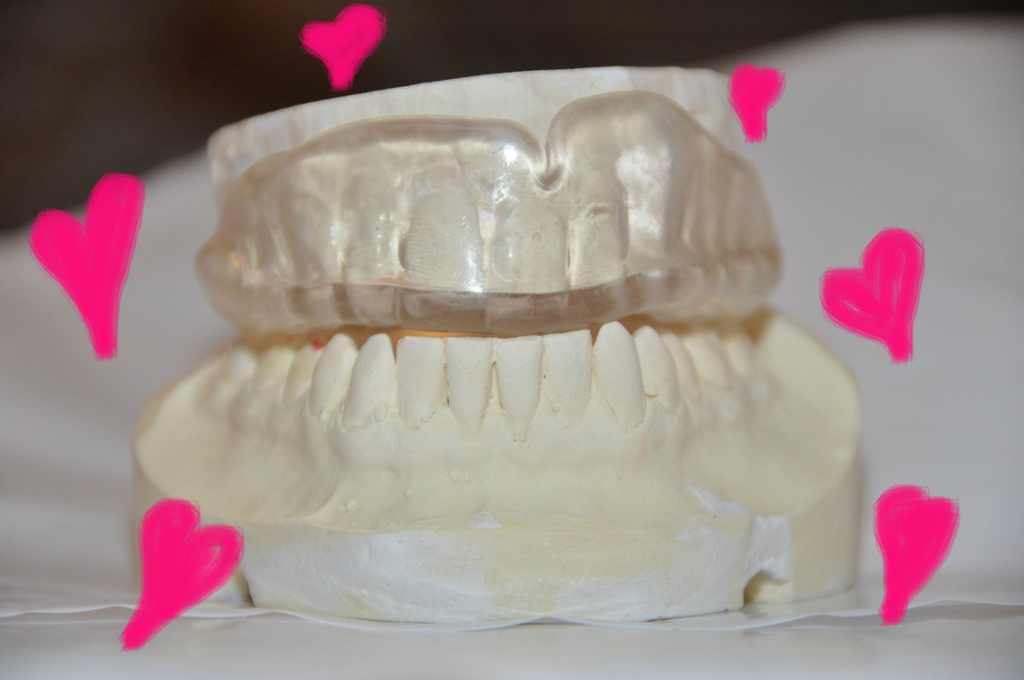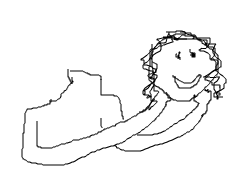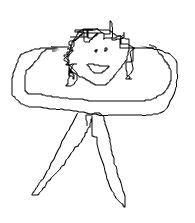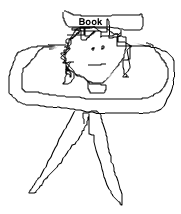How To Keep Your Mouthguard In At Night
So you don’t grind your teeth.

There comes a point in every (I believe) young woman’s (I believe) life at which she must say to herself: I’m willing to have plastic in my mouth all night so I destroy myself less while sleeping. When the old methods have failed and the anxieties of life persist, the young woman must take herself to the drugstore, buy the drugstore version of the dentist version of a mouthguard, fit it to her dentition, and keep it warm all night in her mouth so when she wakes up she doesn’t have a little bit less of her teeth and a migraine.
But what about when she starts taking it out of her mouth at night, every single night now, god damnit, she doesn’t even remember doing it, and now she has a headache everyday and a stupid fucked up jaw that she hates and that makes her so mad? Some have suggested that she get the real “dentist” version of mouthguard and she has certainly added that to her list of things she should do, but what about “until” then?
The Hairpin has put together an easy-to-follow three-step process for keeping your mouthguard in at night so you don’t have a fucked up stupid jaw every day with a hurty head and goddamn teeth nubs that you hate.
Here it is:
Step 1: Remove Head
Step one is easy. Simply remove your head.

Step 2: Place Head On Bedside Table
Step two is easy. Simply place your head on your bedside table, so it’s still close.

Step 3: Put Book On Top Of Head And Something Underneath Chin
Step three (the final step) is a little tricky. Put a book on top of your head and find something to put underneath your chin.

There.
If you’re wondering whether this is the best method for keeping your drugstore-purchased mouthguard in while sleeping, fuck you first of all, not to be vulgar, and, second, wonder no longer. I reached out to James Hamblin, M.D., author of If Our Bodies Could Talk, Senior Editor at The Atlantic, person who has “M.D.” after his name, and, for the sake of full disclosure, a distant acquaintance, to confirm that removing one’s head, placing it on the bedside table, and putting a book on top and something underneath the chin is the best method for keeping one’s drugstore-purchased mouthguard in place while sleeping. He had this to say:
Head removal is a simple procedure. The difficult part is reattachment. The skin and muscles and vessels can be tied back together well enough over 18 hours or so, but the spinal cord is another story. You might get to that point and then think, ‘What have I gotten myself into?’
Neural reconnection is the thing that stands in the way of head transplants. But it’s no small thing. If you could repair damaged or severed spinal cords, you’d be a hero.
I have detailed the instructions for a head transplant here:
How to Perform a Head Transplant
Incredible.
I was right. Thank you!
— Kelly